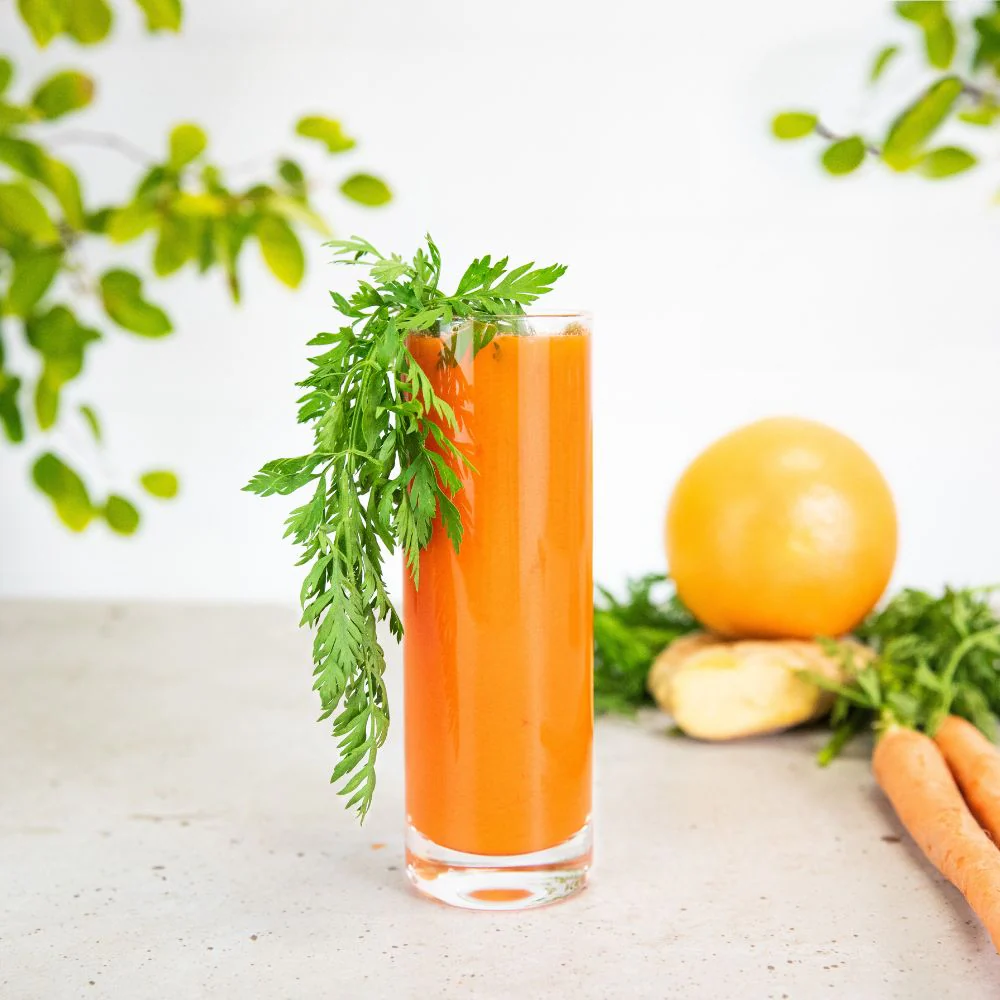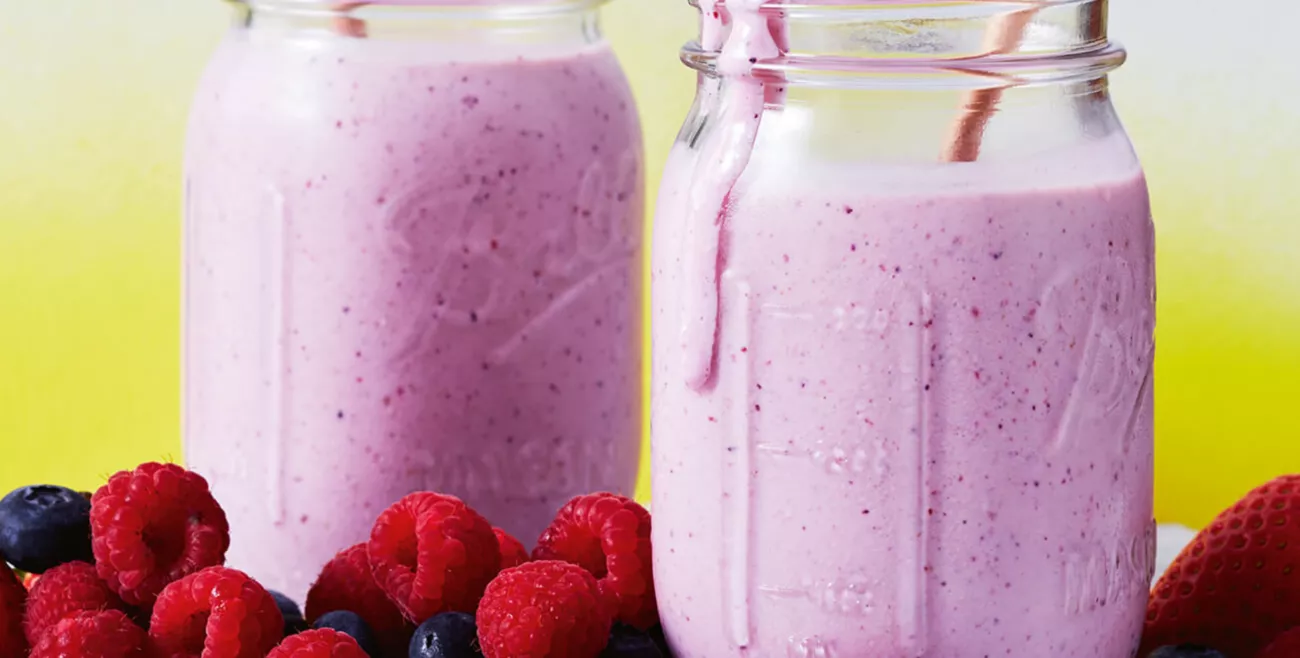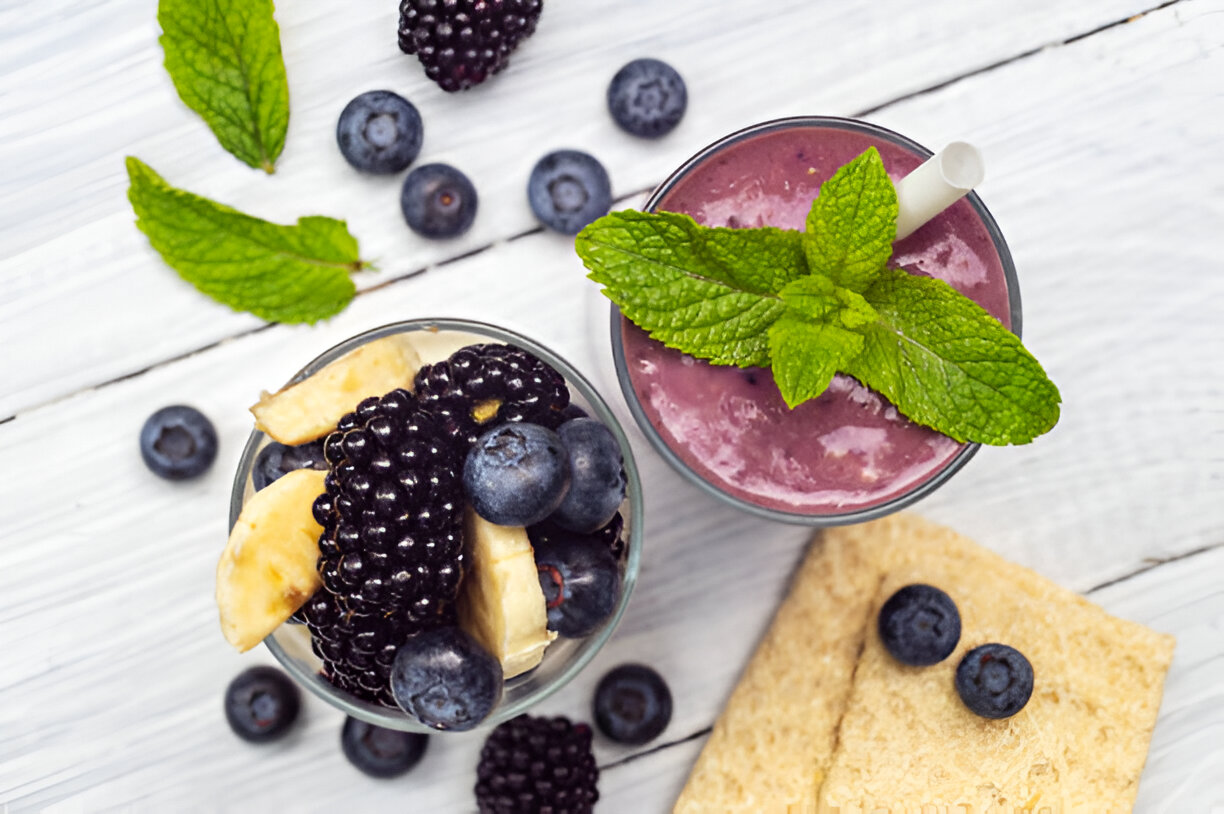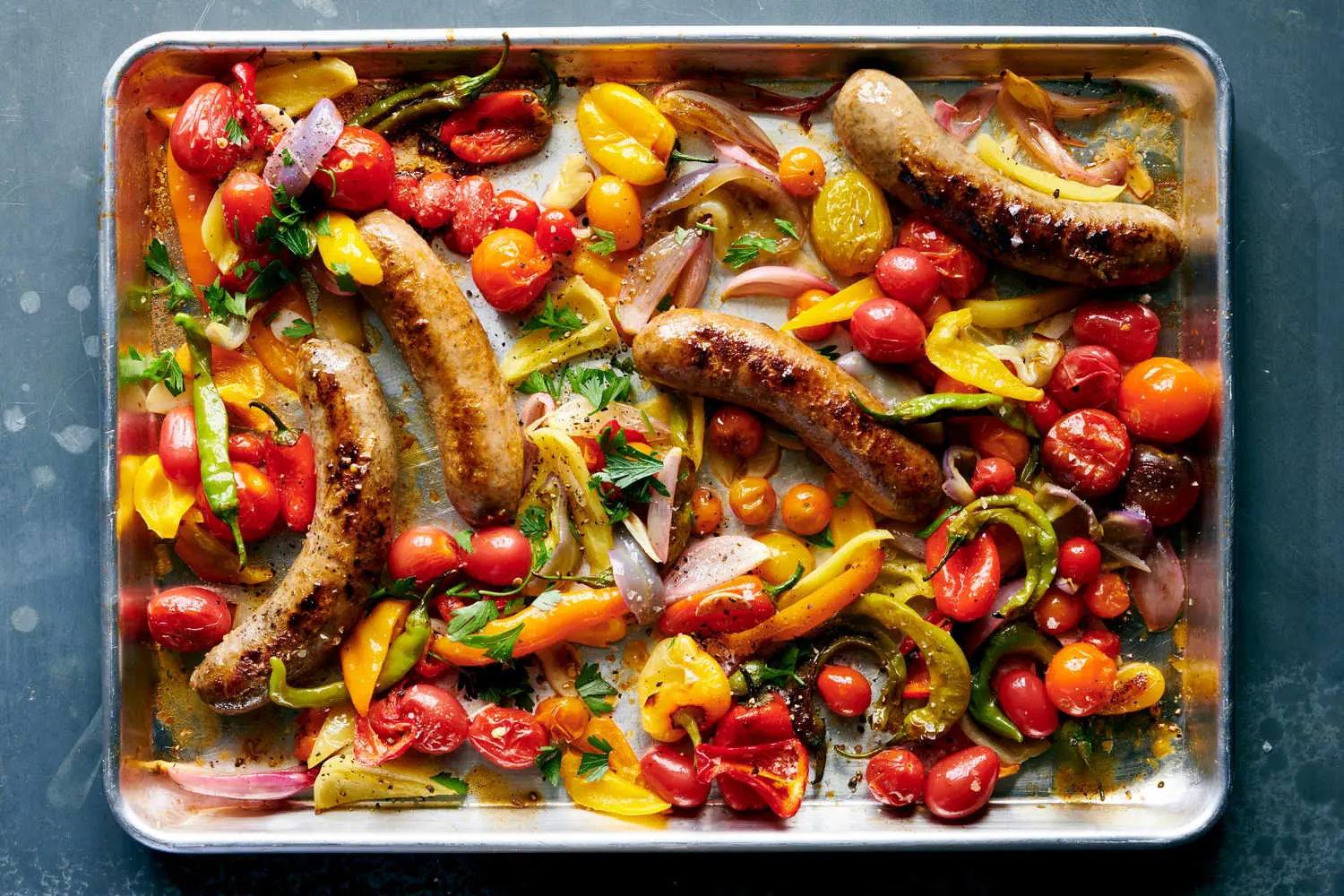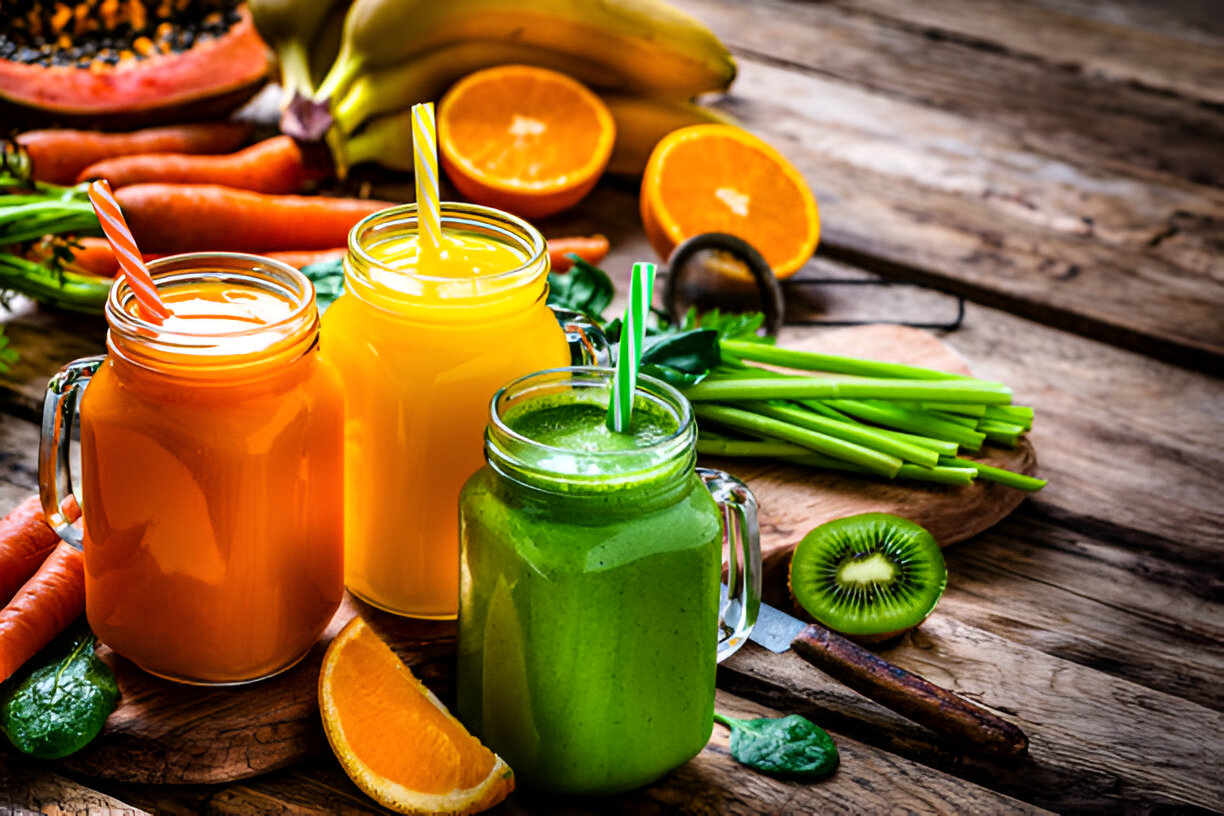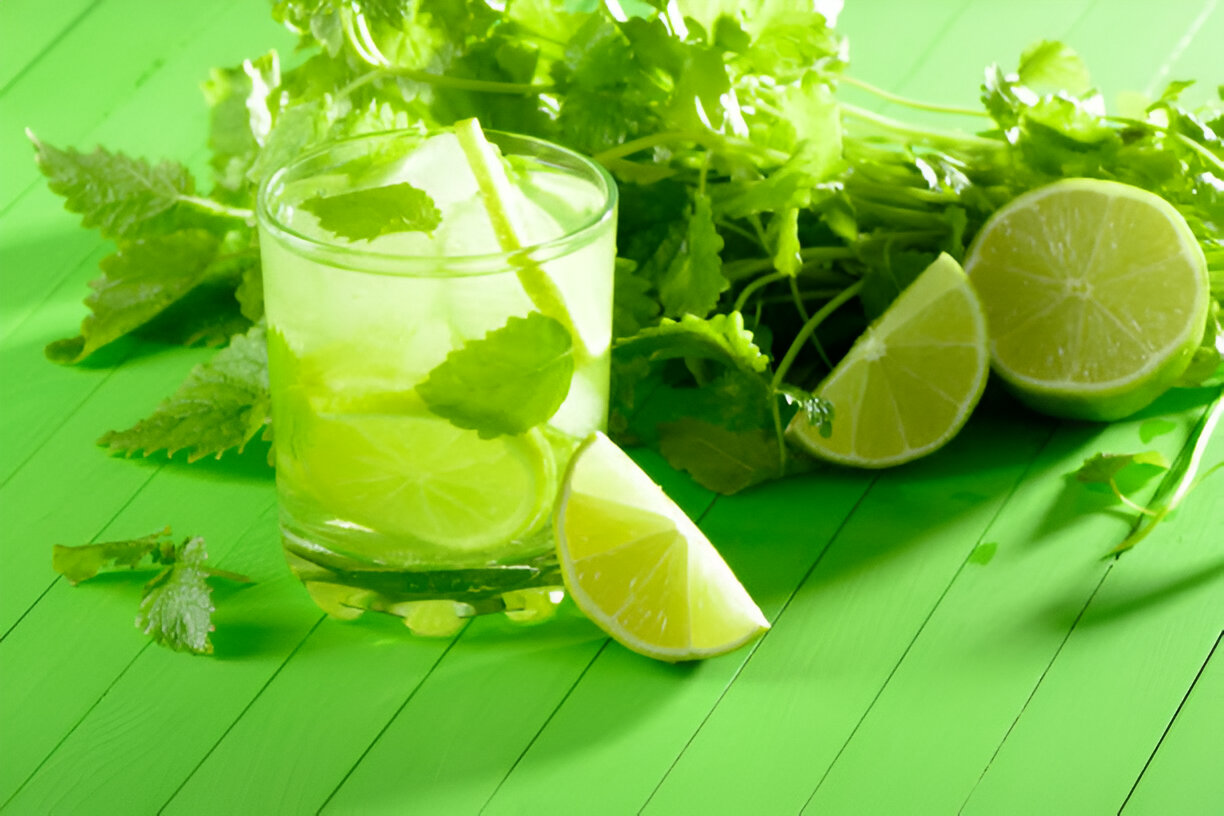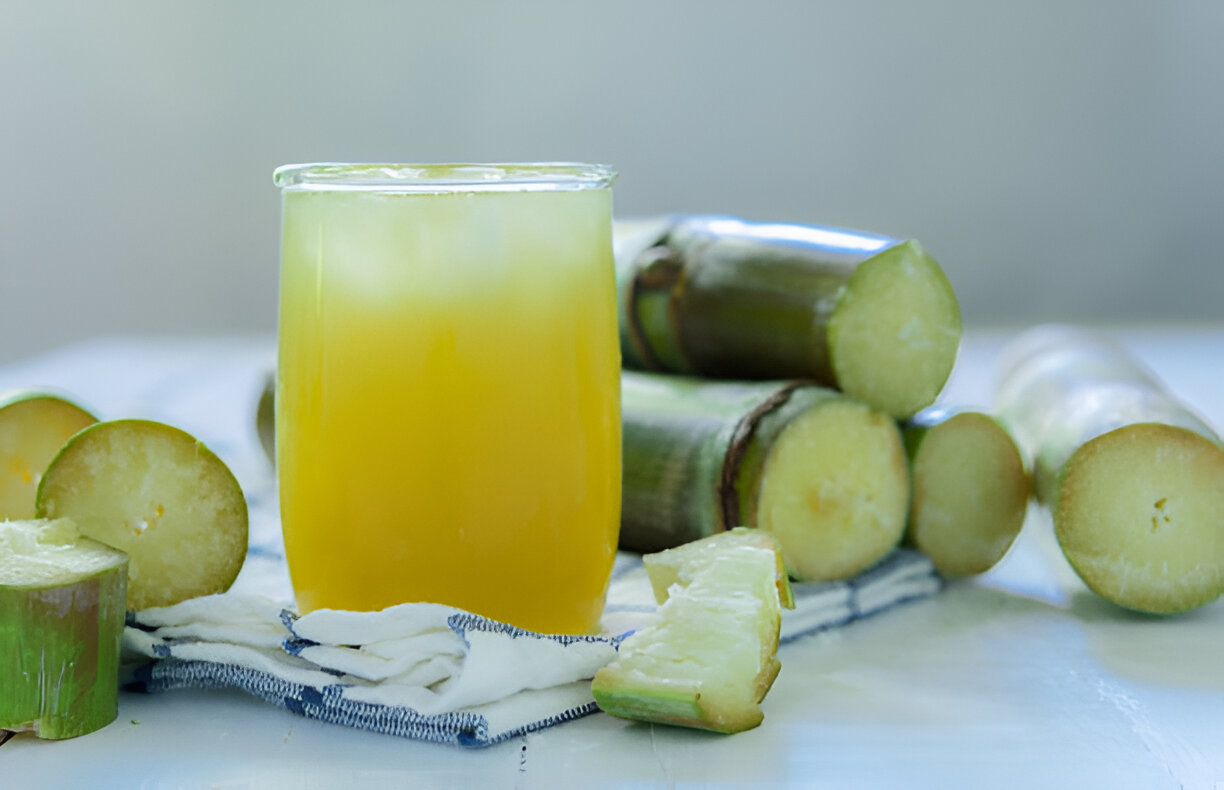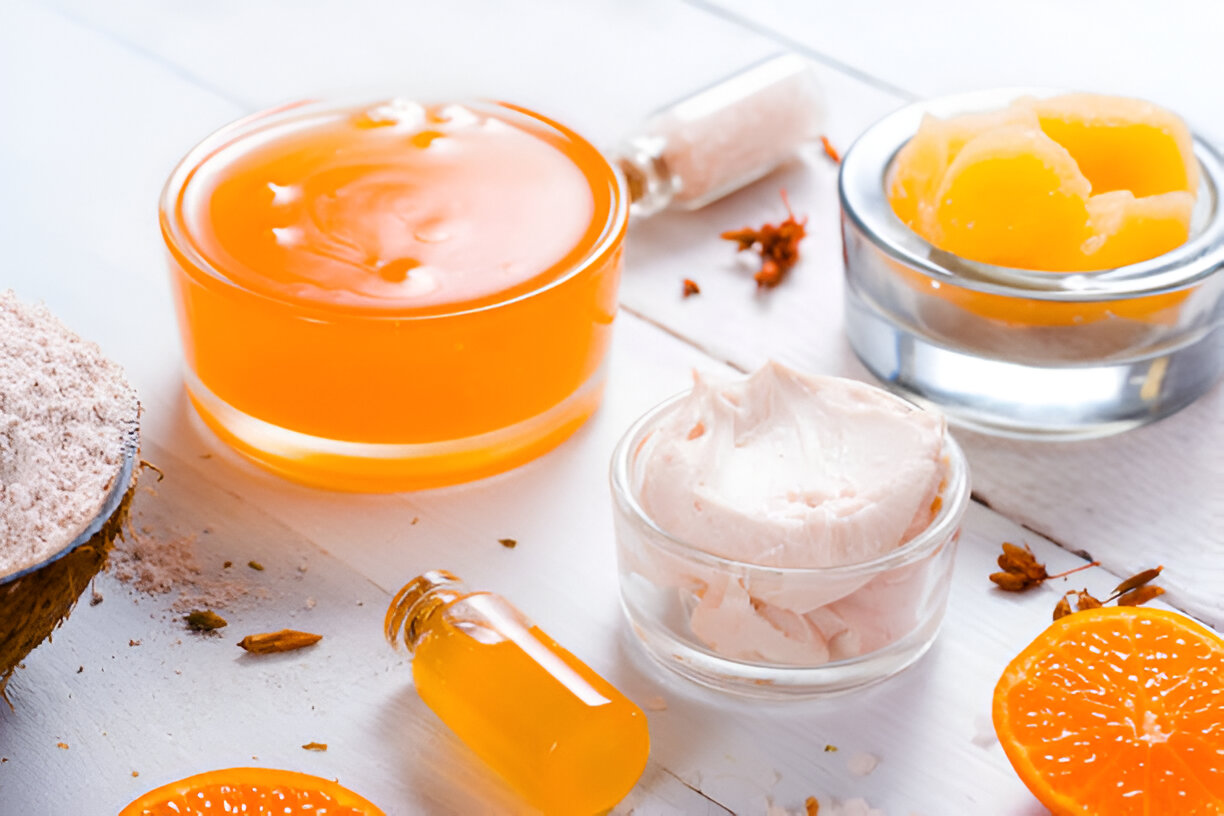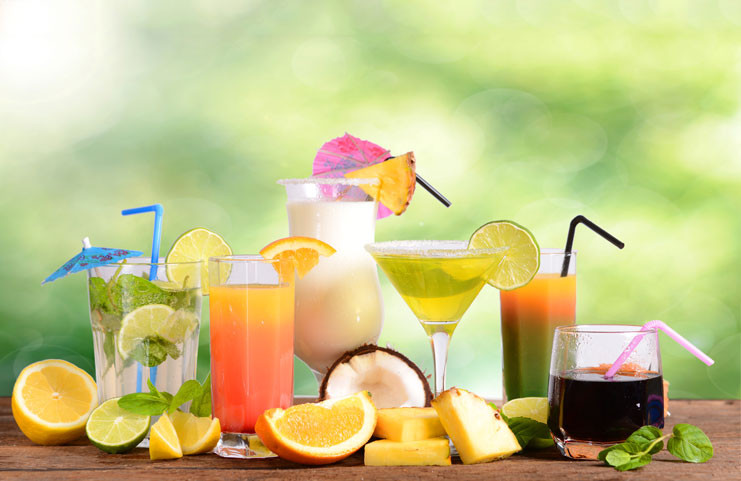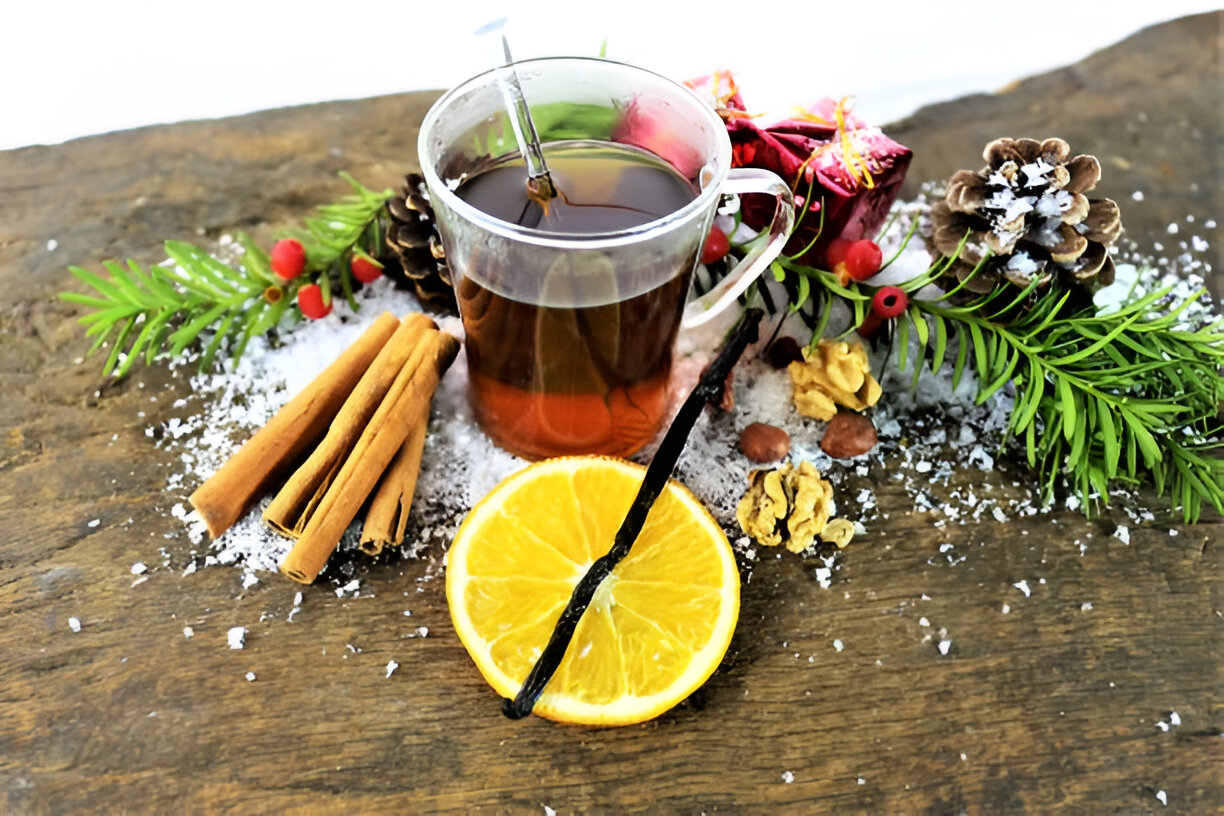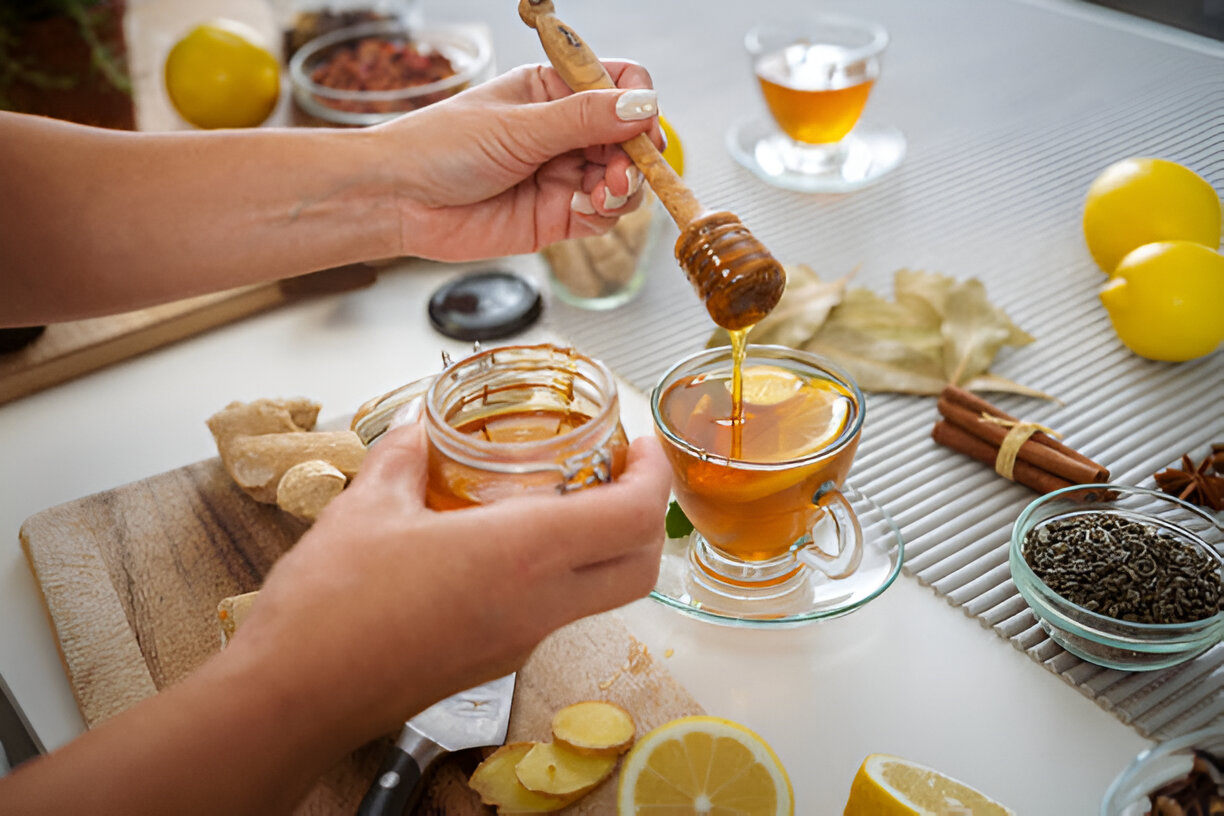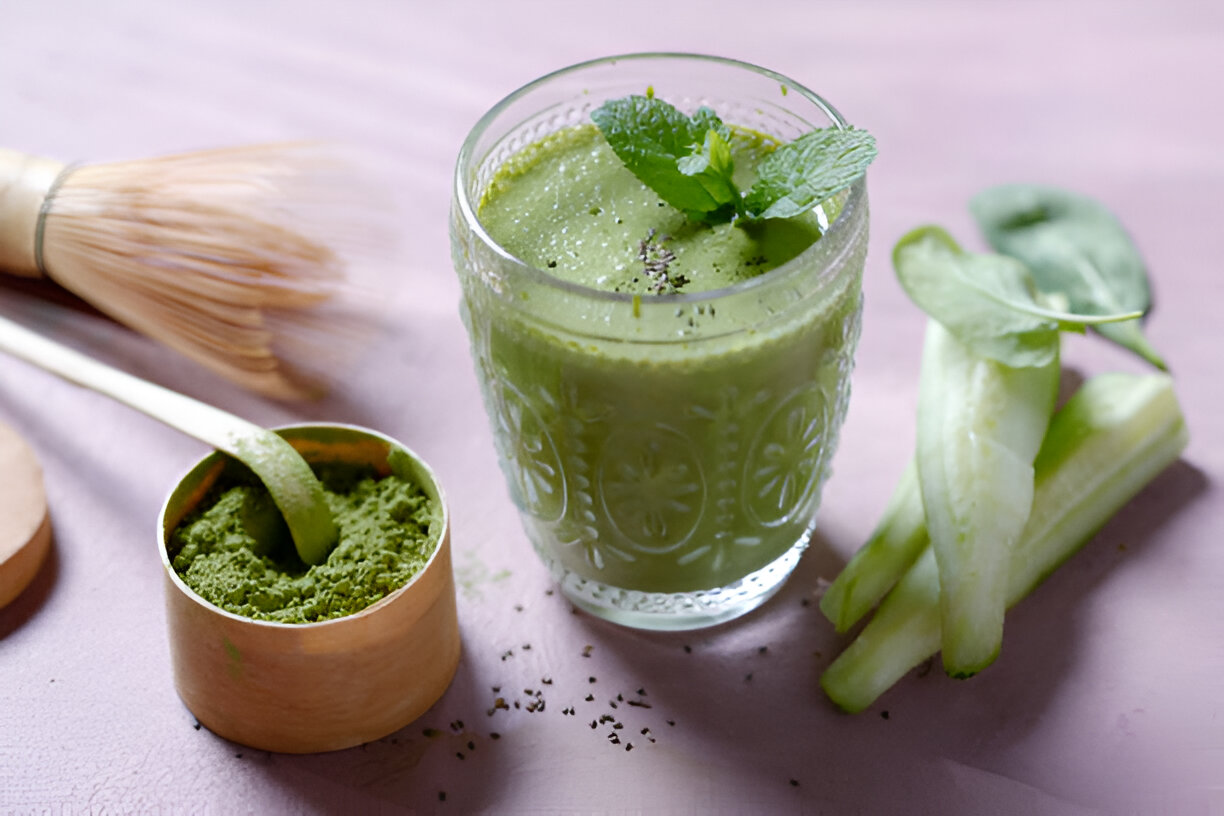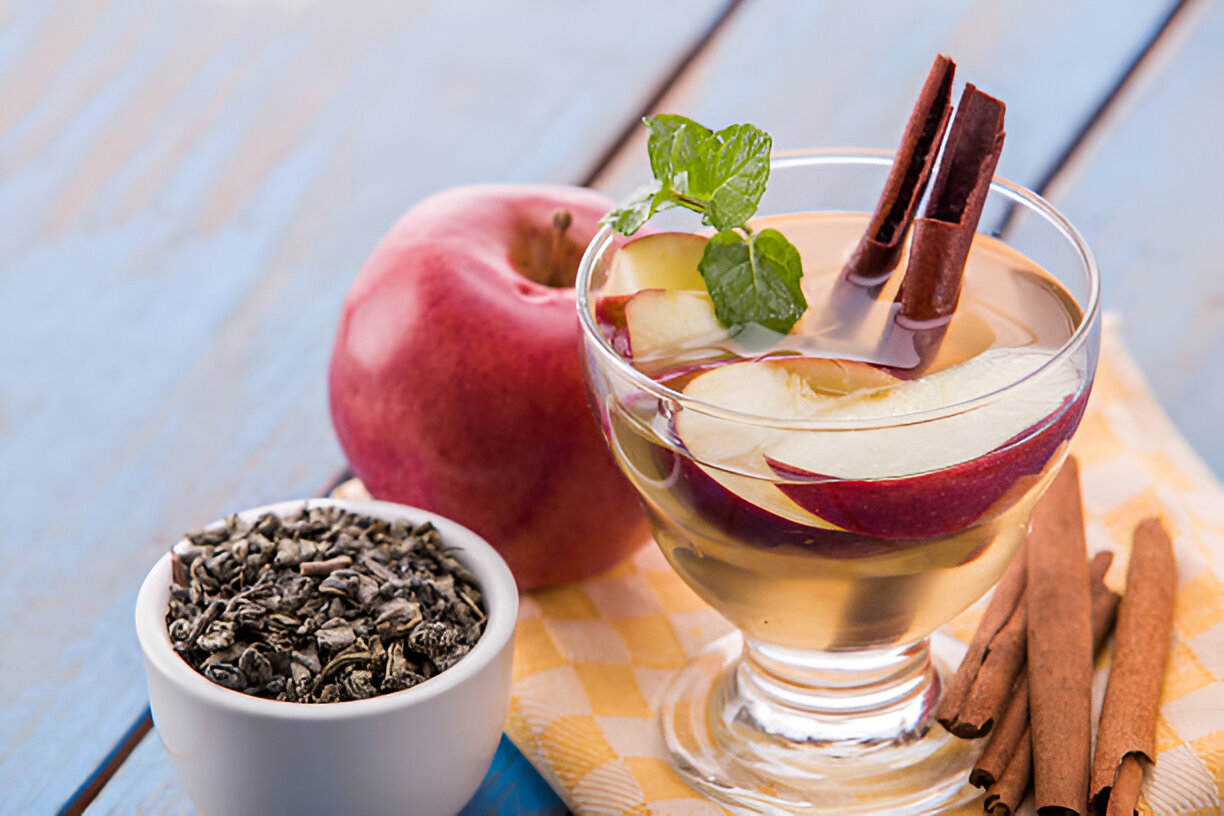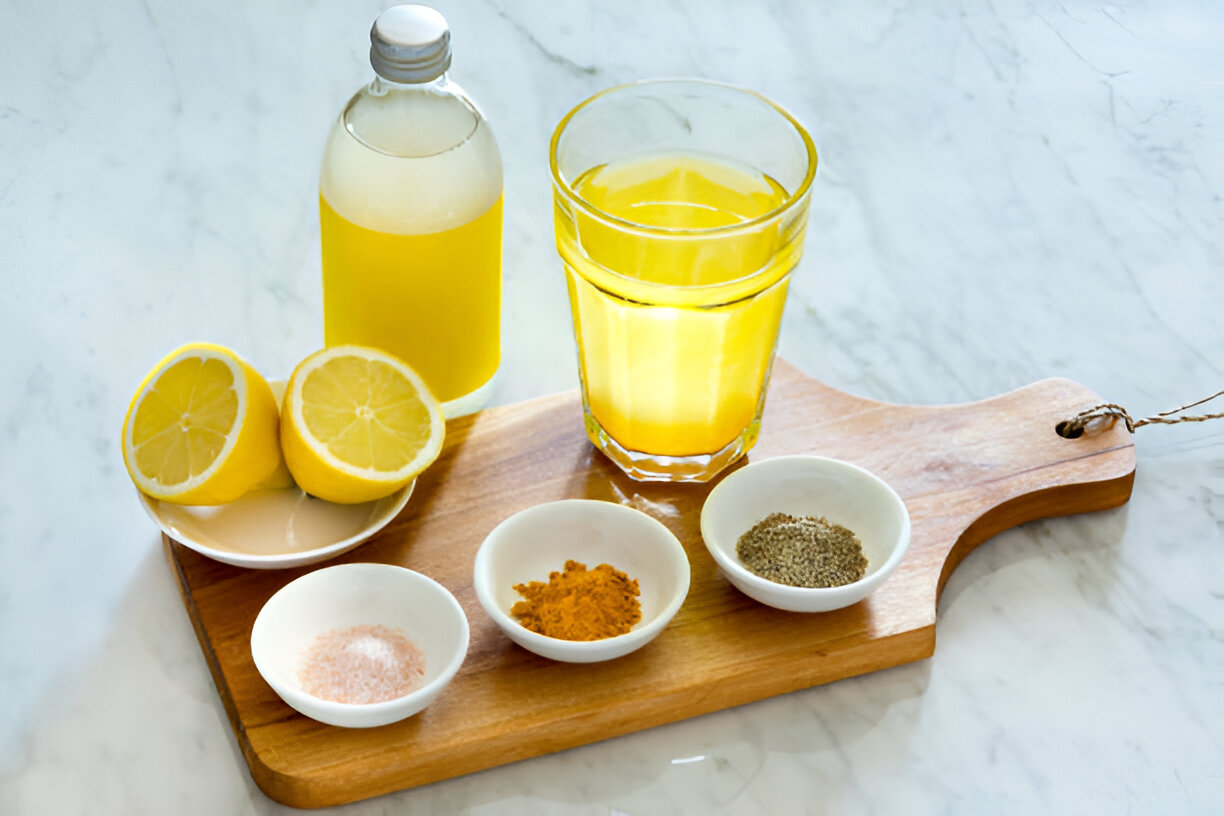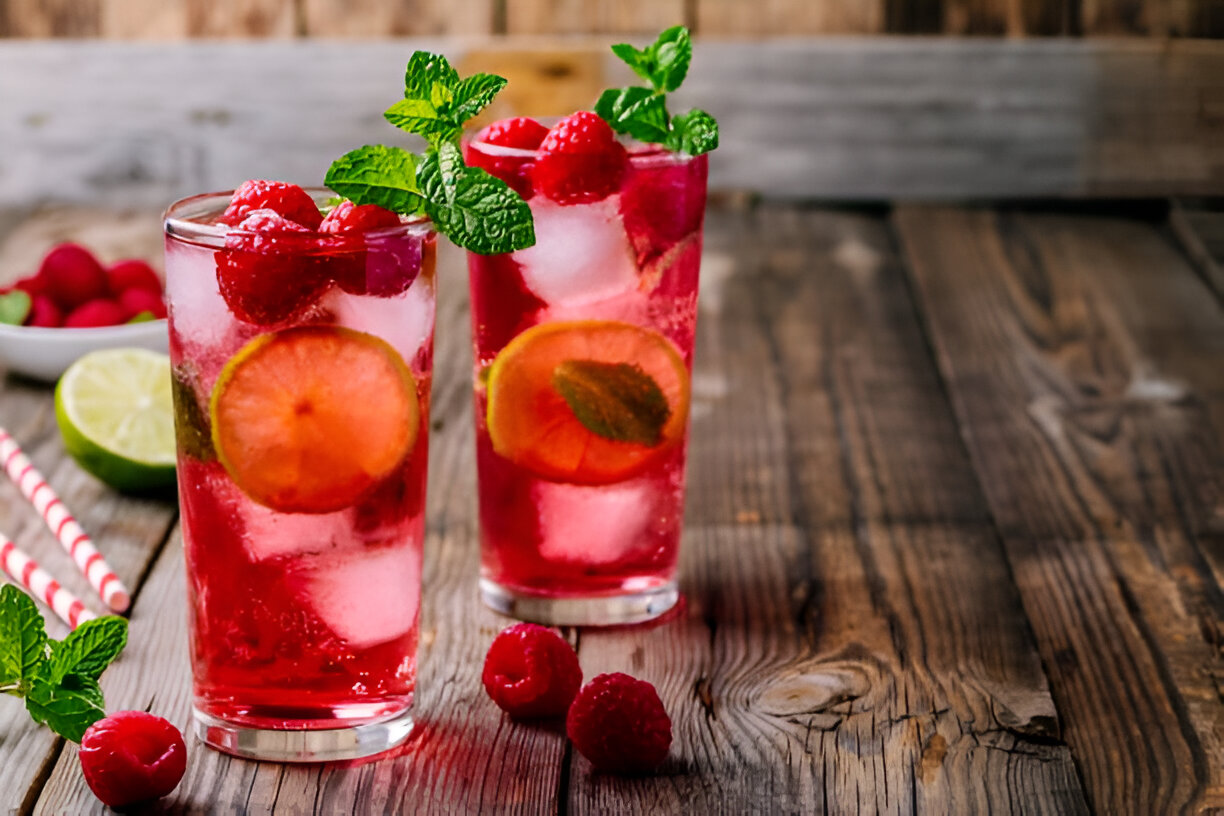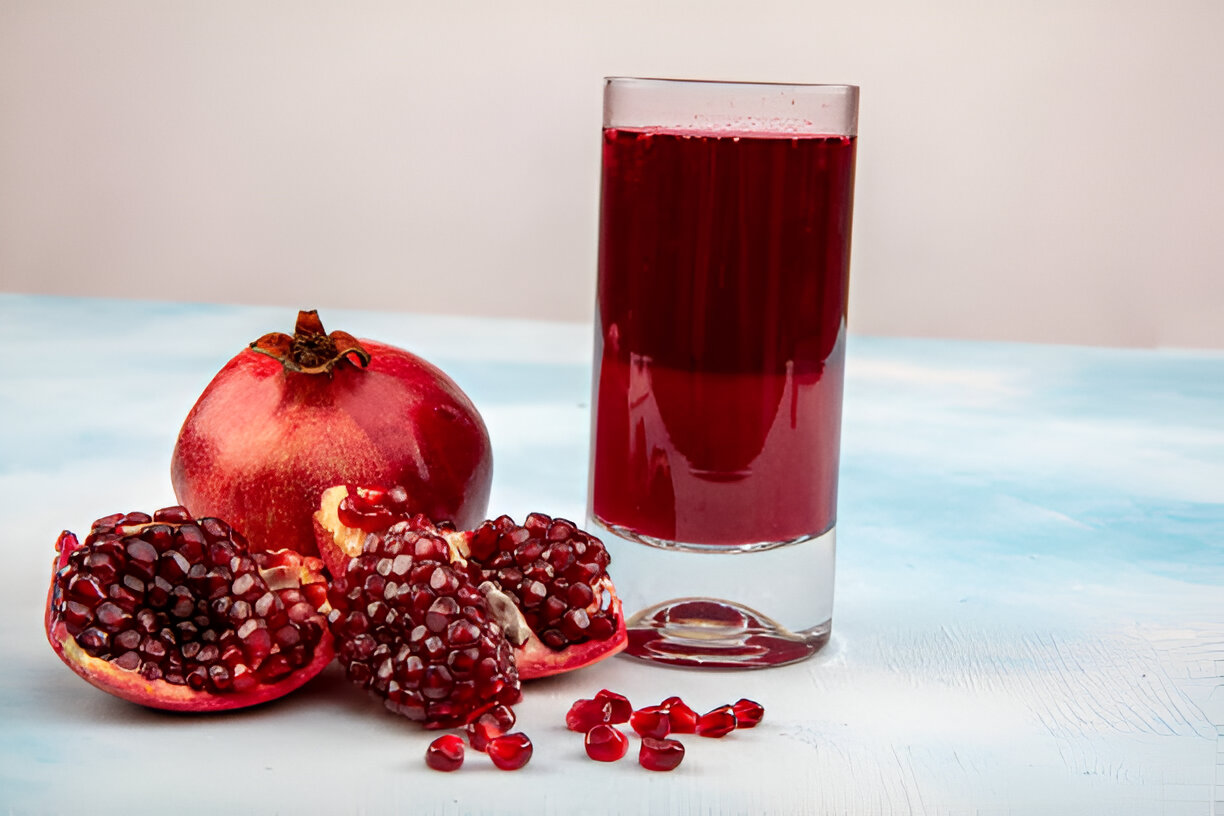

Caffeine and sugar send your energy levels on a roller-coaster ride, so ease up on your intake. A cup of tea a day is fine, but if you drink more caffeine than that, cut your intake by a third. Drink six to eight glasses of room temperature water over the course of the day; if the taste turns you off, squeeze in some lemon or lime. Ease up on baked goods, sugary cereals, and sweets, and abstain from alcohol.
Get Organized
Stock up on the supplies you'll need for the cleanse (see
What to Eat
). Enlist the support of family and friends; tell them you'll be eating differently and modifying your activities.
Reflect
Carve out 20 minutes today to write honestly about your diet. Without judging yourself, answer the following questions: What are the healthiest — and least healthy — aspects of your diet? Do you have particular weaknesses? What, if anything, would you like to change about your food choices?
Detox Tips
Skip Raw Foods
If you're tempted to eat a salad to get your veggies, think twice. Cooked foods are easier to digest and often yield more nutrients than raw foods, says Cathy Wong. Plus, this time of year your body especially needs warm, nourishing foods.
Go Whole
Some whole grains can take a while to cook, but resist the urge to sub in Uncle Ben's for brown rice. Fiber helps your body “grab onto” the toxins in your intestines, says Wong, so eating plenty of fiber-rich whole grains is important during a detox. In addition to brown rice, whole grains include foods like wild rice, quinoa, and barley.
Eat Your Beans
Alhough skipping animal proteins for a few days gives your digestion a rest, your liver needs protein to function properly, says Wong, so legumes (e.g., lentils, kidney beans, black beans, chickpeas) are an essential part of the plan. They also serve as an excellent source of fiber. Reconstituting dried legumes is ideal, says Wong; lentils and split peas are especially quick-cooking and easily digestible. For larger legumes, like white beans, soak them overnight. If you use canned beans, rinse off the liquid before cooking them. If you're not used to eating legumes, keep a ready supply of Beano on hand; it can help alleviate abdominal discomfort.
Find Sweet Substitutes
A lot of people find going without sugar difficult, says Wong. Try sipping teas that contain naturally sweet herbs, like cinnamon and licorice.
Tune In to Yourself
Throughout the cleanse, pay attention to how you feel. What foods do you miss? Do you feel better not eating certain foods? How does it feel not to watch the news every day? Maybe you're surprised that chai tea satisfies a morning craving for sweets. Perhaps you normally feel sluggish after lunch, but this week you feel fine. Maybe you feel calmer and thus sleep better now that you haven't browsed the web before bed.
First Published: January/February 2009





